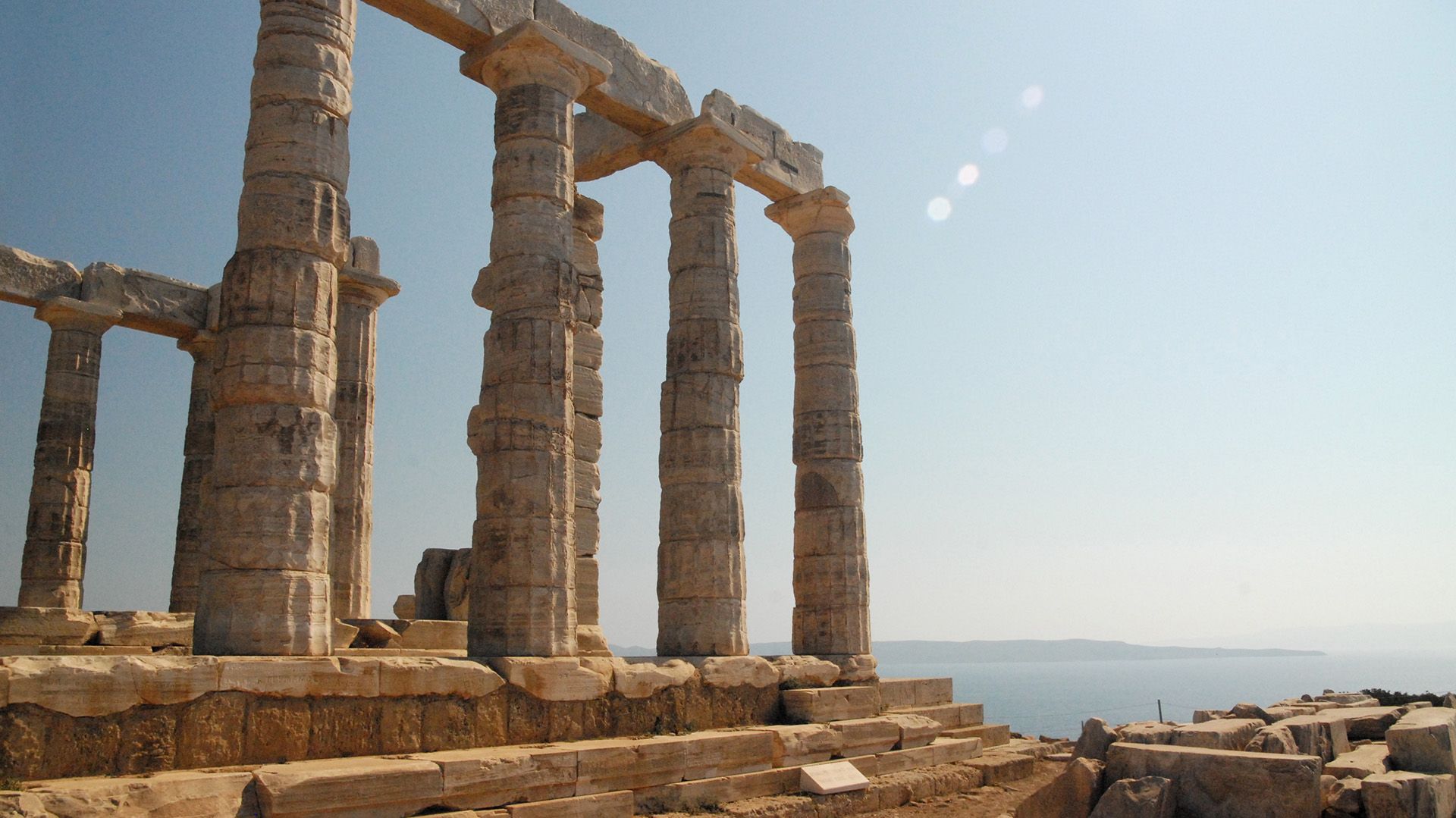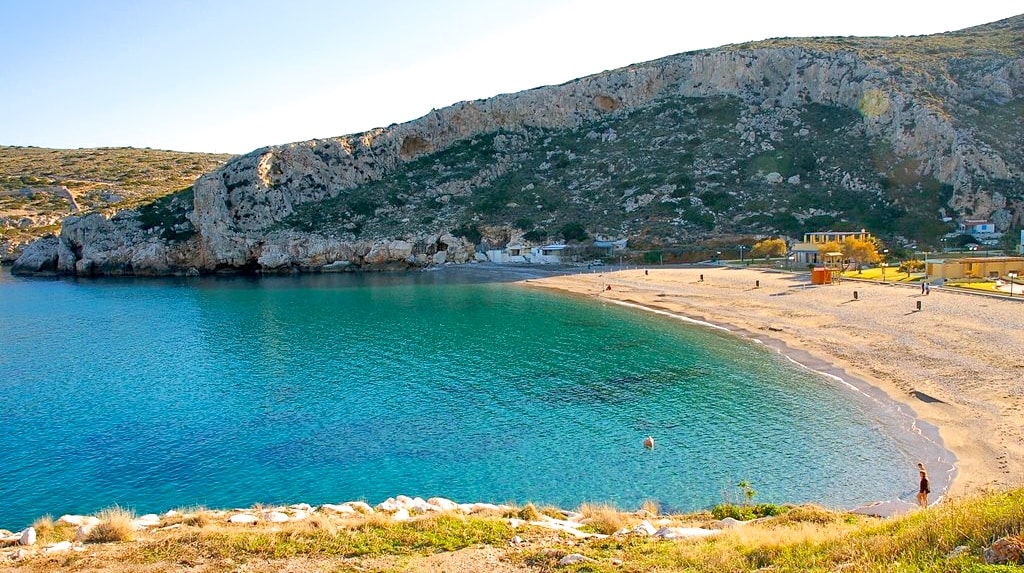Mineralogical Museum of Lavrion
Useful
Information
P382+G8, Agias Paraskevis 20, Lavrio 195 00, Greece
Informations
Address:
P382+G8, Agias Paraskevis 20, Lavrio 195 00, Greece
Mineralogical Museum of Lavrion
The Mineralogical Museum of Lavrion was founded by the Lavreotiki Studies Society in 1986. Since then, it has been operating and managed by its members. The Museum’s building is a typical example of industrial architecture of the end of the 19th century, which was restored by the Municipality and granted to the Study Society. The industrial building that houses the Mineralogical Museum is one of the surviving parts of the large metallurgical plant of the Greek company that was erected in 1873. The Museum’s showcases display around 600 pieces of minerals and rocks from the Lavreotic subsoil, while the company’s entire collection amounts to 1400 pieces.
The Mineralogical Museum of Lavrion is a privileged place: historical education due to the role played by Lavreotic silver in classical Athens, but also due to the contribution of the newer mining Lavrion to the economy of Greece and physical education, due to the rarity, number, form, color, crystallization of the minerals and aesthetic treatment due to the shine and beauty of the minerals it possesses. The Mineralogical Museum is a mineralogical rainbow with sculptural compositions created by nature itself – such as an artist.
As far as the collection of the Mineralogical Museum of Lavrion is concerned, it consists of unique minerals of the Lavreotiki land. All are in crystalline forms with impressive sparkles and colors. Especially regarding the richness of the exhibits, it is worth mentioning that apart from the basic minerals that were widely exploited by the miners and have historical value, such as silver-lead (galenaite, karusite), zinc-bearing (sphalerite, smithonite) and ferrous (hematite, limonite) minerals are still exhibited unique on a global level, such as nilite, thorikosite, fidlerite, georgiadesite (the so-called slag minerals).
In addition, there are exhibits exposed in their most attractive form, such as those first discovered in Lavrion (lavrionite, paralaurionite, serpierite, ctenasite, mammothite) as well as many others of great scientific value and extraordinary charm. The museum’s exhibits also include various miners’ tools and lead turtles that were intended for trade by the mining metallurgical industries. Specifically, the Museum exhibits a silver coin of the 4th century B.C., lead turtles, one ancient, one of Roux Serpieri-Fressynet et Cie with the inscription HELLAS, one of the French Company, as well as the Newer ALAKO, as well as small decorative lead turtles of the Hellenic Society writing HELLAS and the French writing LAVRIUM, tools of miners and an iron mold of rust, as well as rusts of the Hellenic Society.








